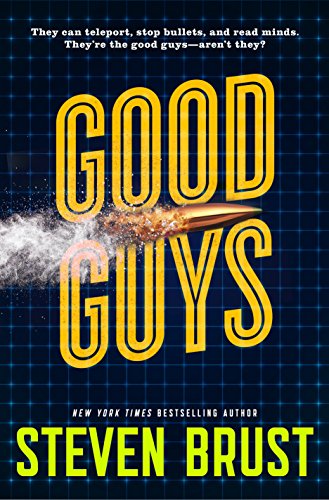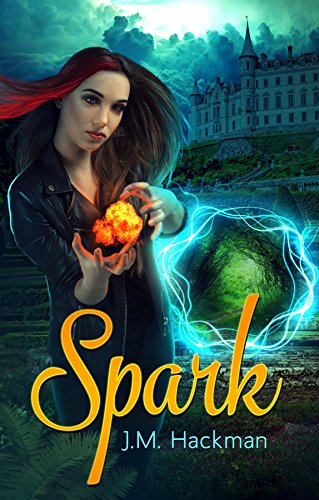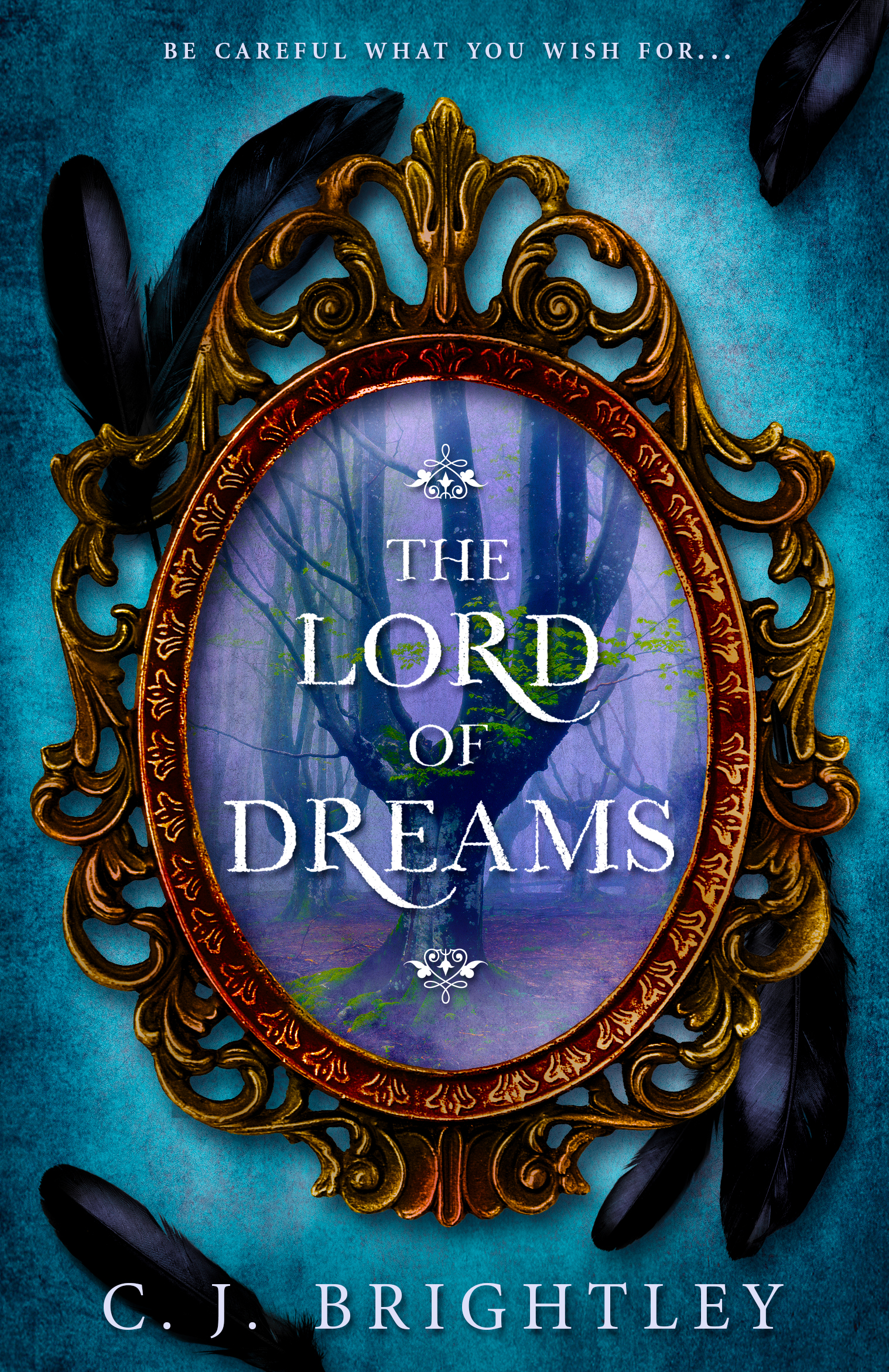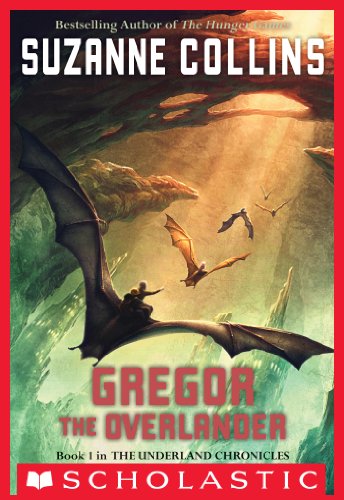
I first came across the term Noblebright a few months ago, and was intrigued by it. I imagined it would apply to works of High Fantasy, akin to Tolkien, (whose writing I love) without the gritty realism characteristic of Grimdark fantasy.
Having read the definition of the term on C. J. Brightley’s web-site, I realised I was wrong. Noblebright fantasy doesn’t necessarily exclude dark themes, but the slant of the narrative or the nature of the characters can be different. There is room for idealism, the possibility of redemption (in its broadest sense) and the narrative is not unrelentingly bleak.
I liked the sound of that. I have enjoyed many varieties of fantasy over the years. One of my favourite authors was David Gemmell, and though dark themes appear in most of his books, he created figures of heroic stature, like Druss the Legend, as well as people of appalling character, like the hero of Morningstar, who learns and changes to become complex, even heroic.
I’m not sure Grimdark fantasy is aimed at me. I know George R. R. Martin is one of the exponents. I haven’t yet managed to tackle ASOIAF, despite the fact that the main narrative is based on the history of the Wars of the Roses in 15th Century England. I’m particularly interested in Tyrion Lannister, who is based on the historical Richard III when he was Duke of Gloucester. But I am rather squeamish about the unrelenting bleakness of the story and the references to rape, though I’m sure these are not gratuitous.
I think for me the problem with some Grimdark fantasy is its attitude to women. It’s not a world I can comfortably inhabit when it requires me to identify with amoral and sadistic heroes (as per Mark Lawrence) or women who have an exceedingly rough time.
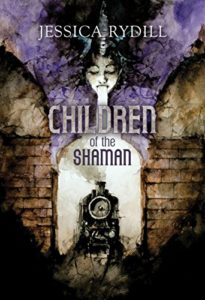 So the idea that Noblebright fantasy is one where the characters have disinterested motives or high ideals is an encouraging one. Some of them may behave ethically. In the real world, people act from all sorts of motives, good and bad, often both at once.
So the idea that Noblebright fantasy is one where the characters have disinterested motives or high ideals is an encouraging one. Some of them may behave ethically. In the real world, people act from all sorts of motives, good and bad, often both at once.
I thought the type of Fantasy I write could not be classified as Noblebright. There is some dark stuff, and I have to warn people that it’s not suitable for children. But the main character of my first book, Children of the Shaman, is a thirteen year old girl. She sees the world with an innocent, if occasionally caustic, eye. And the most important person in her life is her estranged father, who has taken custody of her and her brother while her aunt is in hospital.
To say that he is a difficult person would be an understatement. He is mercurial, irritable and has the morals of an alley cat. But there is an altruistic side to his personality. He isn’t completely cynical, and one of the main problems he has to contend with is guilt over past misdeeds.
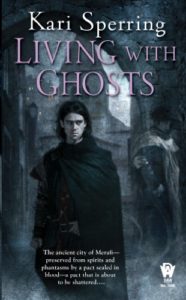 I think representations of idealism and altruism can be found in contemporary fantasy if you know where to look. One of my favourite books in recent years was Living with Ghosts by Kari Sperring, where the thoughtful sensitivity of the main characters was set against the ruthless cynicism of a sorceress. And the young protagonist of Mage Heart by Jane Routley is a hero without knowing it, riddled with self-doubt while growing into a mature woman, learning to practise her craft as a Mage while trying to ignore the blandishments of a demon.
I think representations of idealism and altruism can be found in contemporary fantasy if you know where to look. One of my favourite books in recent years was Living with Ghosts by Kari Sperring, where the thoughtful sensitivity of the main characters was set against the ruthless cynicism of a sorceress. And the young protagonist of Mage Heart by Jane Routley is a hero without knowing it, riddled with self-doubt while growing into a mature woman, learning to practise her craft as a Mage while trying to ignore the blandishments of a demon.
I think what worries me is the belief in some quarters that Grimdark fantasy is better because it is more realistic. I’m not sure it is; it is a view of the world, but it is only one view. I love the writing of Terry Pratchett, which is known for its humour above all. But throughout his prodigious output, there has been a growing thread of passionate idealism and anger against injustice. One of his last books, I Shall Wear Midnight, about a young woman learning to be a witch, reduced me to tears with its moving description of an old man dying. There was a huge reservoir of compassion in his writing, as well as some good jokes.
 I love that. That’s what I want from fantasy, not complete bleakness. I don’t mean frothy escapism, which is how some people imagine Fantasy. Fantasy at its best is full of real world issues, repositioning them and allowing us to view them from a different perspective. So I think Noblebright is an excellent name for a type of writing that has been there all along, with exponents as diverse as Tolkien and C.S. Lewis to Ursula K. Le Guin in her Earthsea novels, David Gemmell, Carol Berg and many more.
I love that. That’s what I want from fantasy, not complete bleakness. I don’t mean frothy escapism, which is how some people imagine Fantasy. Fantasy at its best is full of real world issues, repositioning them and allowing us to view them from a different perspective. So I think Noblebright is an excellent name for a type of writing that has been there all along, with exponents as diverse as Tolkien and C.S. Lewis to Ursula K. Le Guin in her Earthsea novels, David Gemmell, Carol Berg and many more.
This guest post was written by Jessica Rydill, who writes fantasy and collects Asian Ball Jointed Dolls, or BJD. At an average height of twenty inches tall, they can unnerve visitors. Many of the dolls are based on characters from her books.
Jessica’s novels are a cross-genre mash-up; they embrace fantasy with mediaeval warlords, and Victorian adventure with lightning-wielding shamans. A host of underworlds and other dimensions are only a short step away.
Jessica’s first three books are being reissued by Kristell Ink Publishing, together with a fourth, Winterbloom.

